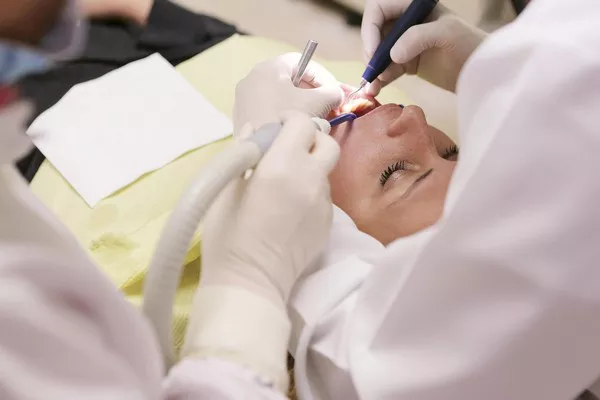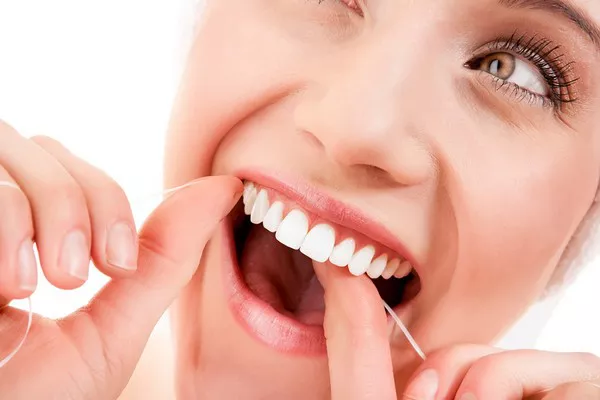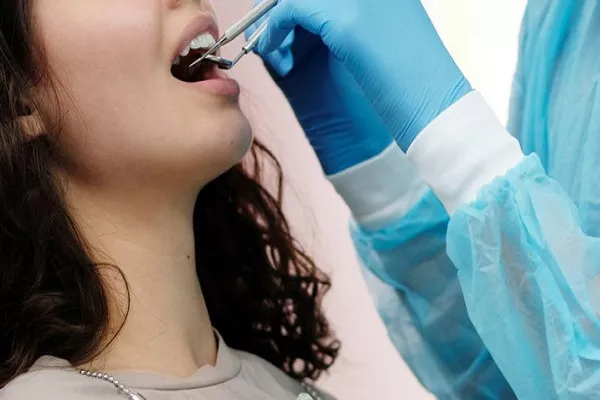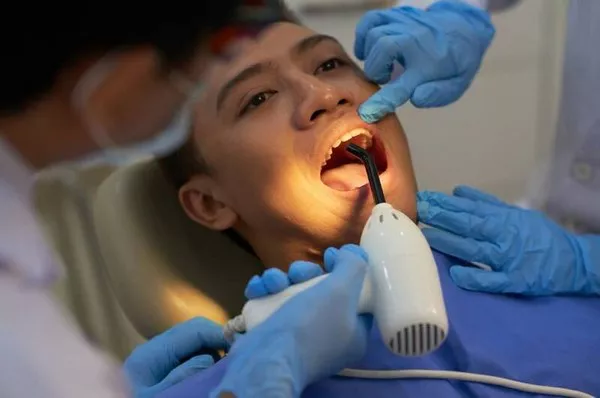Malocclusion refers to a misalignment of the teeth when the jaws are closed. This term encompasses a variety of bite issues that can affect oral health, function, and aesthetics. In orthodontics, understanding the different types of malocclusions is crucial for diagnosing and planning effective treatments. One of the most widely used systems for classifying bite types is the Angle classification system, which categorizes malocclusions into Class 1, Class 2, and Class 3 based on the position of the first molars. This article will focus on Class 2 malocclusion, exploring its definition, characteristics, causes, and treatment options.
Definition and Characteristics of Class 2 Malocclusion
Definition
Class 2 malocclusion is characterized by the upper jaw (maxilla) being positioned forward relative to the lower jaw (mandible). This misalignment leads to a distinct bite pattern where the upper teeth significantly overlap the lower teeth. Within Class 2 malocclusions, there are two subtypes: Class 2 Division 1 and Class 2 Division 2, each with specific traits and implications.
Characteristics
Overjet
A common feature of Class 2 malocclusion is an increased overjet, where the upper front teeth protrude significantly beyond the lower front teeth. This protrusion can make the upper teeth more susceptible to trauma and can affect speech and chewing efficiency.
Overbite
In Class 2 malocclusion, an excessive overbite often occurs, where the upper teeth cover more than the normal amount of the lower teeth. This can lead to excessive wear on the lower front teeth and may cause discomfort in the jaw joints (temporomandibular joints).
Underbite
In some cases of Class 2 malocclusion, particularly Class 2 Division 2, the lower front teeth can protrude forward, sometimes even biting in front of the upper teeth. This presentation is less common but still significant in the diagnosis and treatment planning.
Visual Representation
Class 2 Division 1: The upper front teeth are severely protruded with a large overjet.
Class 2 Division 2: The upper front teeth are tipped backward, and the lower front teeth are positioned forward.
Causes of Class 2 Malocclusion
Genetics
Genetics play a significant role in the development of Class 2 malocclusion. Children can inherit jaw size and shape from their parents, leading to discrepancies in jaw alignment. If one or both parents have a Class 2 malocclusion, their children are more likely to develop the same condition.
Jaw Growth Patterns
Abnormal growth patterns of the jaws can contribute to Class 2 malocclusion. If the upper jaw grows more rapidly than the lower jaw, or if the lower jaw grows more slowly, this can result in a forward position of the upper jaw relative to the lower jaw.
Habits
Certain childhood habits, such as thumb sucking, prolonged use of a pacifier, or tongue thrusting, can contribute to the development of Class 2 malocclusion. These habits can exert pressure on the teeth and jaws, leading to misalignment over time.
Early Loss of Baby Teeth
Premature loss of baby teeth can cause the remaining teeth to shift into the empty spaces, potentially leading to misalignment of the permanent teeth. This can result in a Class 2 malocclusion if the shift affects the position of the upper and lower jaws.
Combination of Factors
Often, the specific cause of Class 2 malocclusion is a combination of the above factors. Genetics, growth patterns, habits, and early tooth loss can all interact to influence the development of this condition.
See Also: How Long Do I Need To Wear Retainers
Treatment Options for Class 2 Malocclusion
Braces
Braces are the most common treatment for Class 2 malocclusion. They can be traditional metal braces or clear aligners, depending on the patient’s preference and the severity of the malocclusion. Braces work by applying continuous pressure over time to move the teeth into the correct position. They can also help realign the jaws if necessary.
Headgear
In some cases, orthodontists may recommend headgear in conjunction with braces to correct Class 2 malocclusion. Headgear is an external appliance that helps to control the growth of the upper jaw and can guide it into a better position relative to the lower jaw. It is typically worn for a specific number of hours each day, usually at night.
Surgery
For severe cases of Class 2 malocclusion, especially those involving significant jaw discrepancies that cannot be corrected with braces or headgear alone, orthognathic surgery may be necessary. This surgical procedure involves repositioning the jaws to achieve proper alignment and improve the bite. Surgery is typically considered only after the patient’s growth has completed.
Duration of Treatment
The duration of treatment for Class 2 malocclusion varies depending on the severity of the misalignment and the chosen treatment method. On average, treatment with braces may take between 18 to 30 months. If headgear or surgery is involved, the duration may be longer. The specific treatment plan is tailored to the individual needs of the patient, and regular orthodontic check-ups are essential to monitor progress and make necessary adjustments.
Conclusion
Class 2 malocclusion is a common orthodontic condition where the upper jaw is positioned forward relative to the lower jaw, resulting in a distinctive bite pattern. Understanding the characteristics and causes of this condition is crucial for diagnosing and planning effective treatment. Treatment options typically involve orthodontics, such as braces, headgear, or, in severe cases, surgery. The duration of treatment varies, and a personalized plan is essential for achieving the best results. If you suspect you or your child has a Class 2 malocclusion, consult a qualified orthodontist for a comprehensive assessment and tailored treatment plan. Proper intervention can lead to improved oral health, function, and aesthetics.
You Might Be Interested In































